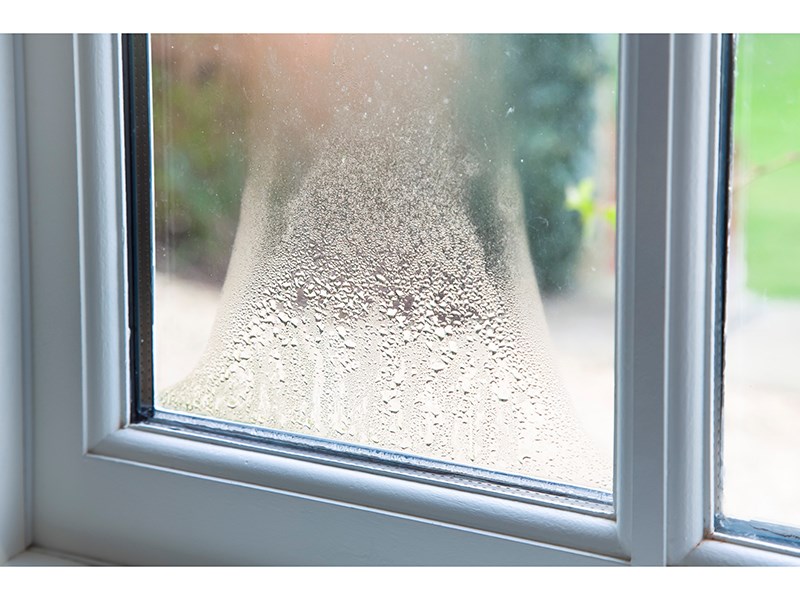On sunny winter days, it’s easy to stroll along the seaside forgetting all the challenges of living on the wet coast. Mouldy car seats, bloated wooden doors and damp papers in the basement are common problems where humidity is high.
The same conditions that make this a paradise for mushrooms are responsible for the ideal conditions to grow mould and wreak some havoc on furniture and items in storage. It can be tempting to run to the store for a quick solution and end up with single use, plastic-laden remedies. Before you do, consider these eco-sensitive solutions to breathing a spore-free sigh of relief about the accumulating dampness in your world.
If you are experiencing excess humidity in your car, take advantage of the next sunny day by rolling down your windows to get circulation flowing. Removing any damp towels, pillows or other moisture grabbing articles will help speed the drying along. Next, get the fan blowing with the A/C on, if you have it. If you need to get a dehumidifier involved, maybe a friend has one you can borrow rather than investing in one for this solo adventure.
It seems there are more campers and trailers being sold now than ever. Keeping them dry in the winter can be a challenge. Getting air circulating with a fan or borrowed dehumidifier is also a great idea. Taking out mattresses and seat cushions also gives water less places to accumulate.
One potential solution that may seem odd at first can be using salt lamps. Placing these in your stationary vehicle inside a bowl will result in a puddle of water soon enough. Salt removes moisture from the air naturally. Just make sure the lamp is not plugged in, to avoid water contacting live wiring.
Single-pane windows in homes tend to sweat a lot with temperatures outside and in drastically differing. Dirt tends to attract water, so clean windows are less likely to get damp. That said, double insulating your windows may be the only reliable solution.
If replacing windows is a possibility, there are rebates for creating more energy efficient homes in this way. If not, you can create reusable seasonal frames that you slide into place each year. This takes a bit of measuring, some heat shrink plastic, bits of wood and a hairdryer, but is well worth the time in the end.
You’ll finally be able to see out your windows for one, and your indoor air quality will benefit as well.
A great reuse trick is to keep any of the gel packs you receive in food or other products you purchase. They are designed to remove water from the air immediately around them and are perfect to use in storage bins with books and important papers.
Kitty litter is another great hack for drying things out. Placed in an old pair of tights and tossed in a damp environment, they can absorb a fair bit of water. Aim for the brands that use newspaper or compressed sawdust for extra planetary smiles.
Damp air need not dampen your spirit or your belongings. Instead, look for ways to keep your belongings dry to extend your enjoyment of them.
Let’s Talk Trash is qathet Regional District’s waste-reduction education program. For more information, email [email protected] or go to LetsTalkTrash.ca.



